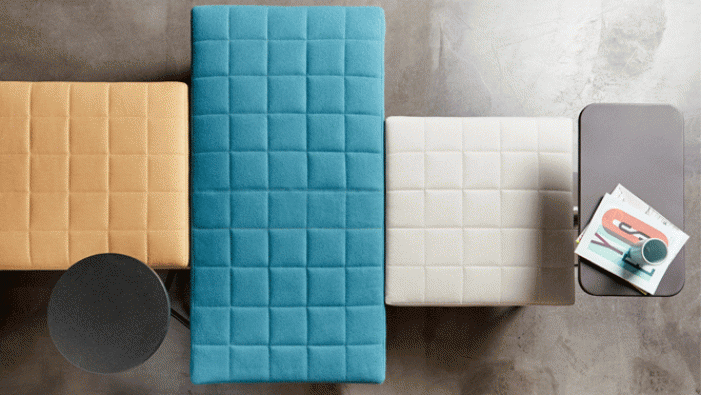If you’ve been in the office design business awhile, you no doubt know the term “in-between space.” But what exactly do people mean when they refer to in-between spaces? Is there a common understanding of the term?
With demand for these spaces on the rise, it’s probably a good time to unpack the concept.
WHAT IS AN IN-BETWEEN SPACE?
In-between spaces in the office are places for workers to catch their breath between meetings, whether they’re regrouping in solitude or making an impromptu connection with a colleague. These spaces are typically small, informal areas where people can perch with their laptop to catch up on email, sit to review their notes before a meeting or pause to answer a co-worker’s question.
The term in-between can have both a geographic and a functional meaning:
Geographically, the space is often situated literally between two office destinations, such as in a wide hallway outside a café or meeting room.
Functionally, the space serves as a place to stop, or touch down, for a few minutes between two activities. That’s why some designers call in-between spaces touchdown spaces.
Structurally, these spaces can be either enclosed, like a private enclave, or open, like a small public lounge. If they’re enclosed, employees typically use them to make phone calls, have private discussions or do work that requires focus or concentration.
If they’re open, in-between spaces are great for texting, catching up on email and casual conversations.
Aesthetically, there are no set rules. This is one of those flexible ancillary spaces where the designer has free rein.

